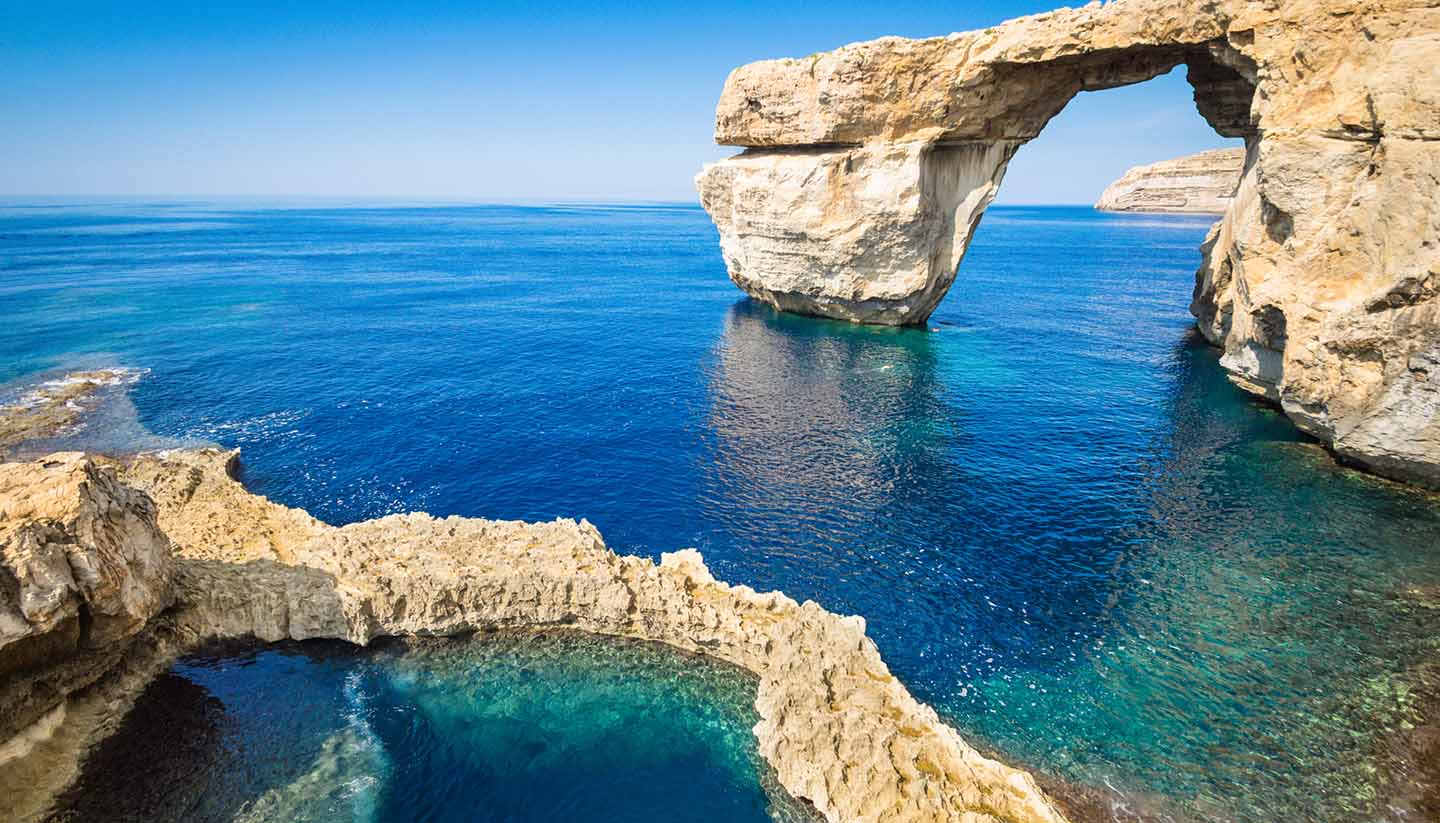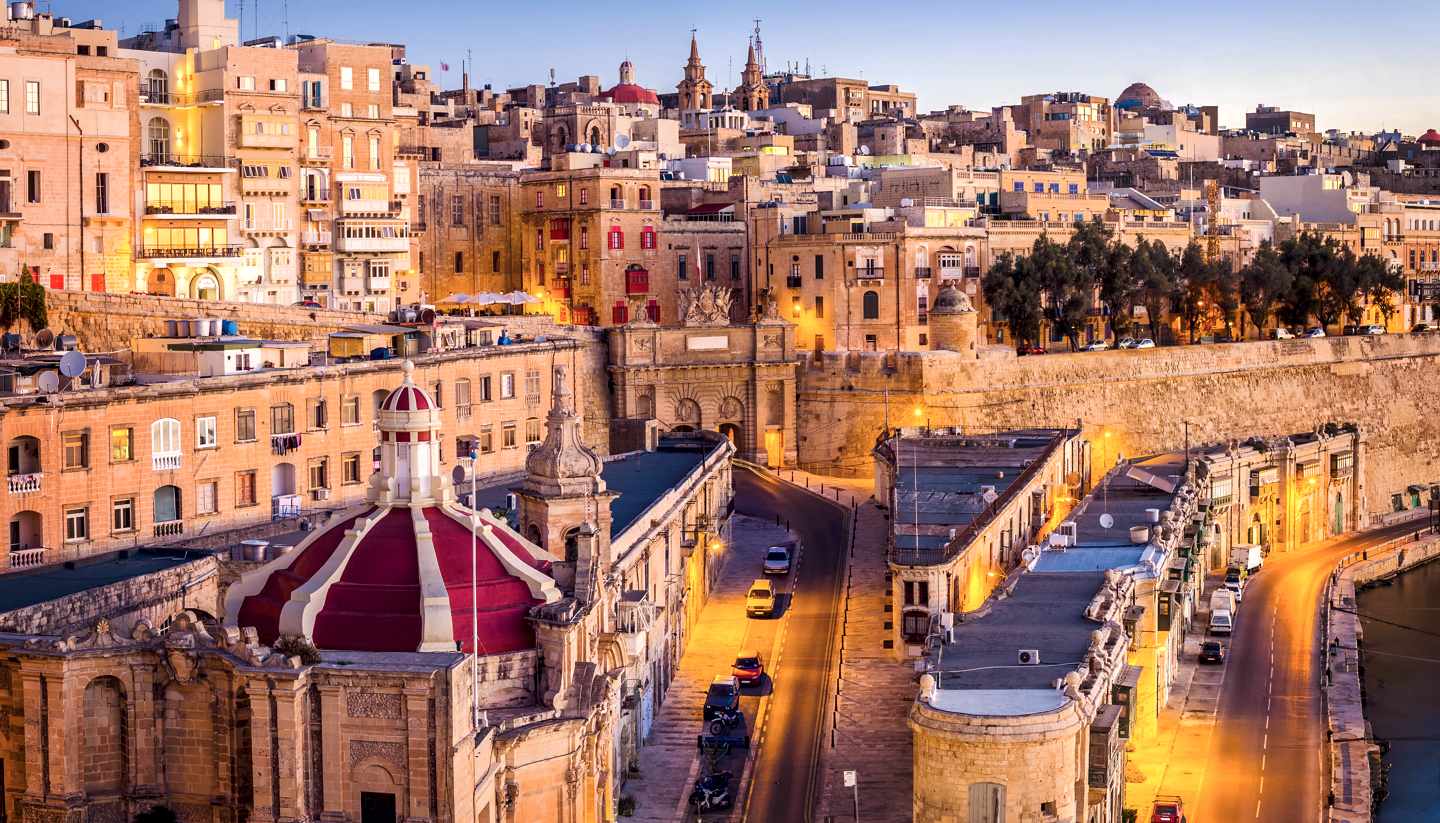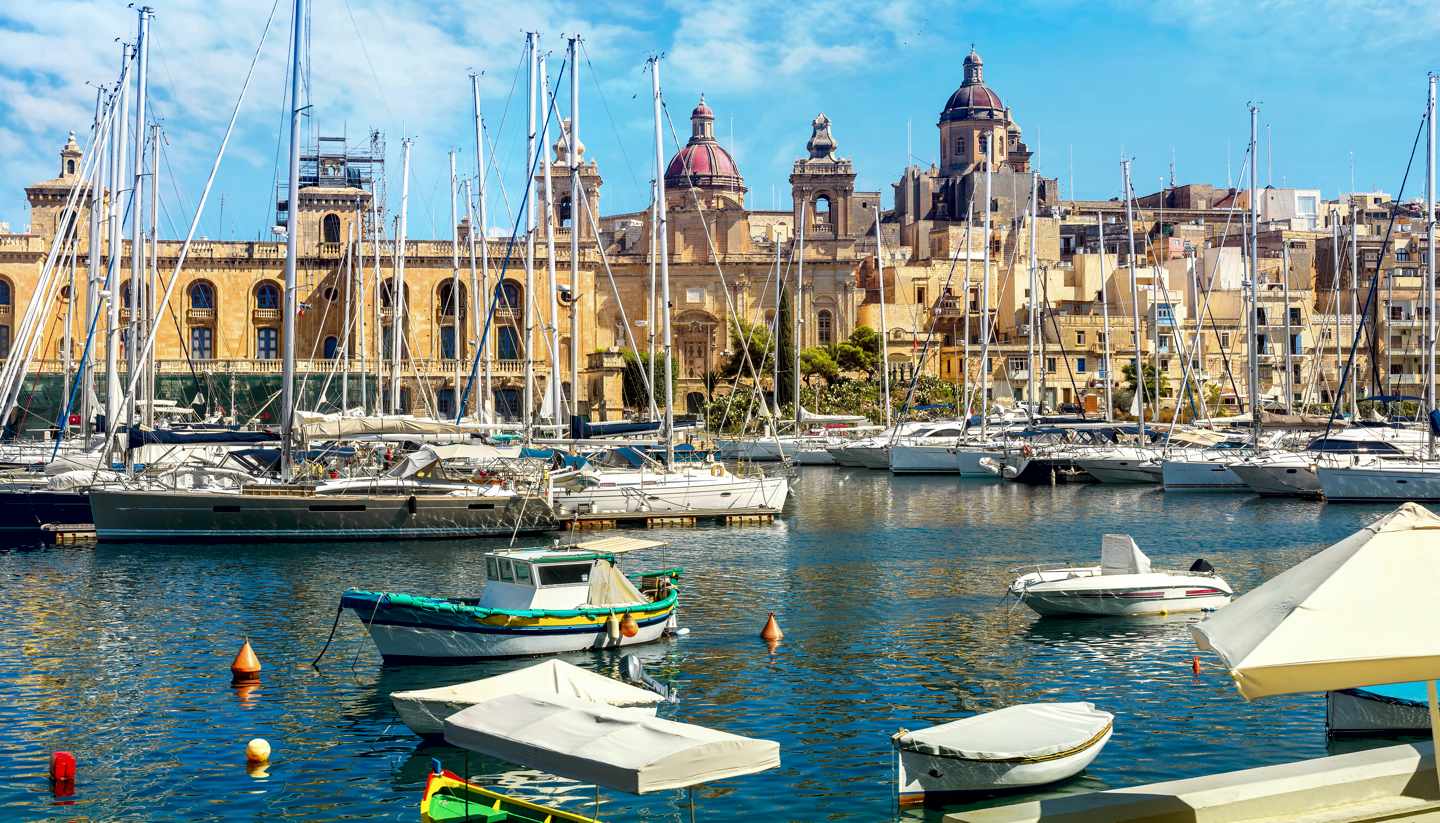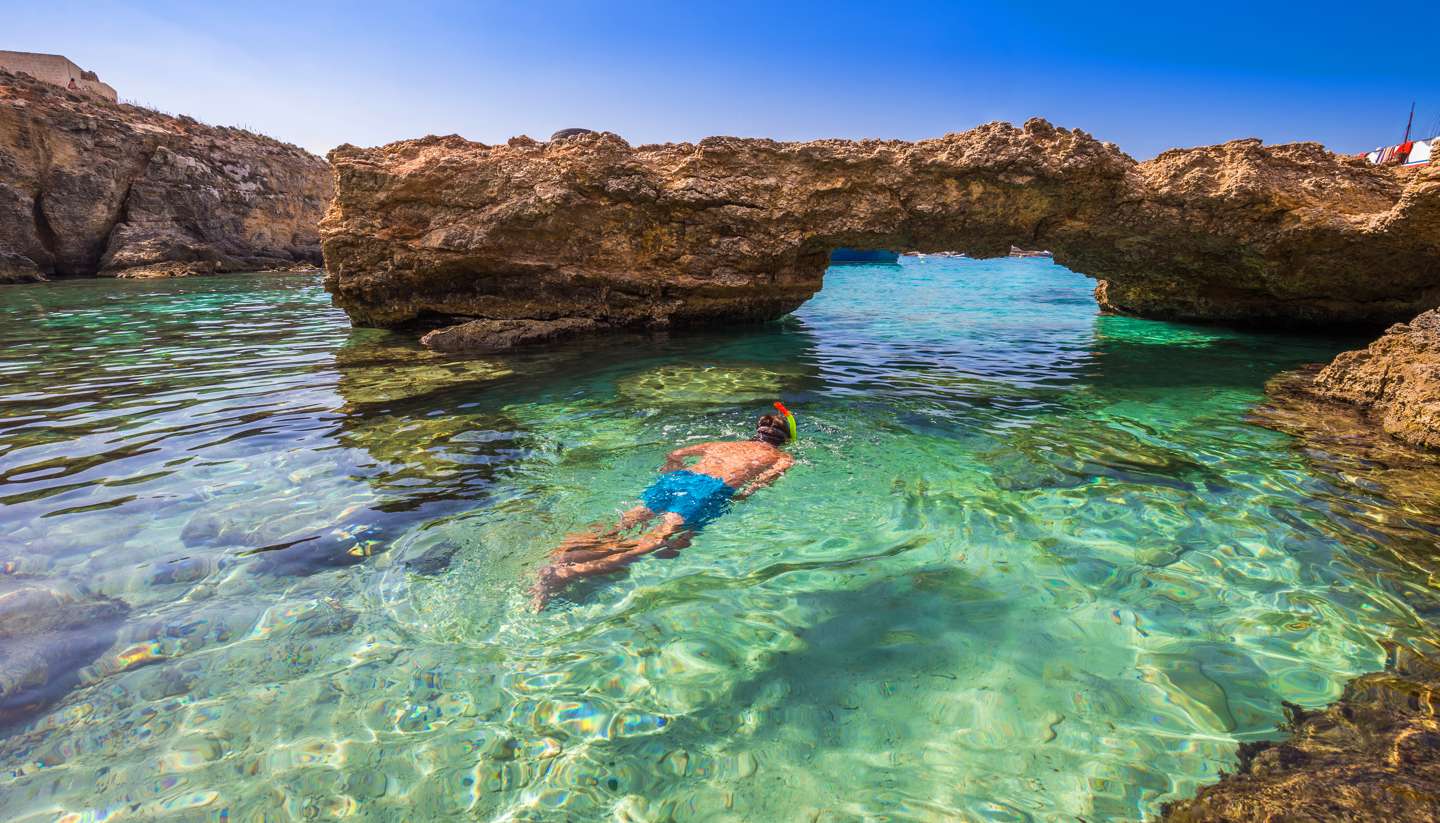Malta History, Language and Culture
History of Malta
Malta's position in the central Mediterranean has made it an important strategic base for many different powers and meant that it has been subject to many invasions throughout the ages. A multitude of civilisations has occupied the island, notably the Phoenicians, Carthaginians, Romans, Byzantines, Arabs and Sicilians from the 8th century BCE to the Middle Ages.
Malta's human history stretches far beyond all of these invaders though, with a number of megalithic temples dating back to 4th and 3rd millennium BCE when the Neolithic people arrived and settled on the island. Today, the UNESCO-listed Megalithic Temples of Malta consist of six ancient buildings (Ġgantija, Ħaġar Qim, Mnajdra, Skorba, Ta' Ħaġrat and Tarxien) and they are well worth a visit.
The history of Malta is also deeply associated with the Knights of St John who ruled Malta from 1530 to 1798. During this time, Malta was a bulwark against the Ottoman ambitions in Europe. The power of the knights ended in 1798 when Napoleon invaded in 1798. In 1800, Malta became a protectorate of the British Empire voluntarily. The most famous episode in Malta's recent history was the heroic defence of the island during WWII, which saw the island held under siege by the Axis between 1940 and 1942. The nation was awarded the George Cross for its role in the war.
Since achieving independence from Britain in 1964, Malta has been stable with domestic issues dominating its internal politics. Malta became a republic in 1974 and a member of the European Union in 2004. It adopted the euro in 2008 and has flourished since, both politically and commercially, with vast sums of money being invested in infrastructure and roads. Malta rejoined NATO’s Partnership for Peace in 2009 and remains committed to its neutral status.
Did you know?
• Some 3,000 bombing raids were made on Malta by Italian and German air forces during WWII.
• Malta's Calypso Cave is believed to be the same cave Homer mentioned in The Odyssey.
• Malta has two co-official languages – English and Maltese. The latter tongue is closely related to the medieval Sicilian dialect of Arabic, although it has gradually been Latinised over the centuries, and there are many English loan words.
Malta Culture
Religion in Malta
95% Roman Catholic, with the remaining 5% divided between Anglican, Church of Scotland, Greek Orthodox, Jewish, Methodists and Muslim.
Social Conventions in Malta
The usual European courtesies are expected, but the visitor should also bear in mind the tremendous importance of Roman Catholicism; if visiting a church, for instance, modest dress covering the shoulders and legs will be expected. Smoking is prohibited on public transport and in all public buildings, including cinemas, restaurants and bars.
Language in Malta
Maltese (a Semitic language) and English are the official languages. Italian is also widely spoken.





